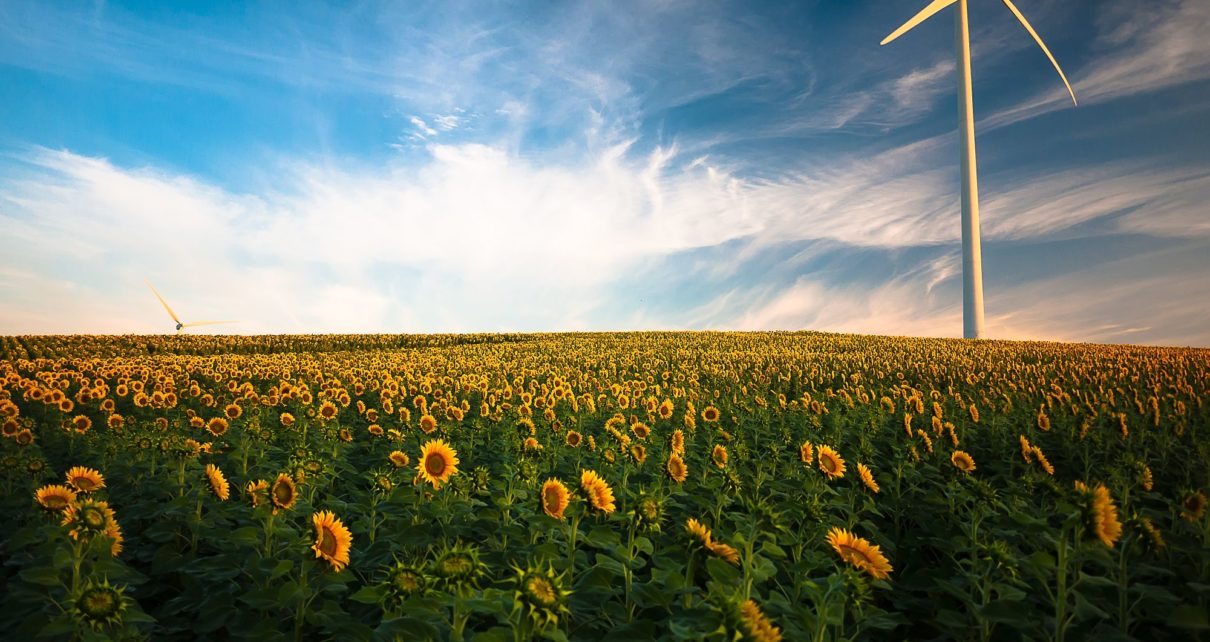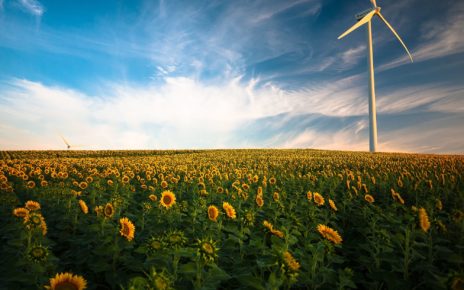Dear EarthTalk: Why are wetlands so important to preserve? — Patricia Mancuso, Erie, PA
Wetlands include swamps, marshes, bogs, riverbanks, mangroves, floodplains, rice fields—and anywhere else, according to the U.S. Environmental Protection Agency (EPA), that saturation with water is the dominant factor determining the nature of soil development and the types of plant and animal communities there. They are widespread in every country and on every continent except Antarctica. If all the world’s wetlands were put together, they would take up an area one-third larger than the United States.
Environmentalists, biologists and others concerned about the health of the planet and its inhabitants recognize the key role wetlands play in life on Earth. The EPA points out that, besides containing a disproportionately high number of plant and animal species compared to other land forms, wetlands serve a variety of ecological services including feeding downstream waters, trapping floodwaters, recharging groundwater supplies, removing pollution and providing fish and wildlife habitat. Wetlands can also be key drivers of local economies, given their importance to agriculture, recreation and fishing.
According to Wetlands International, a global non-profit dedicated to the conservation and restoration of wetlands around the world, wetlands are on the “front-line” as development pressures increase everywhere. “Wetlands are vulnerable to over-exploitation due to their abundance of fish, fuel and water,” reports the group, which works on the ground in 18 countries to educate the public and policymakers about the health of local wetlands and to advocate for better policies. “When they are viewed as unproductive or marginal lands, wetlands are targeted for drainage and conversion.”
“The rate of loss and deterioration of wetlands is accelerating in all regions of the world,” the group adds. “The pressure on wetlands is likely to intensify in the coming decades due to increased global demand for land and water, as well as climate change.”

Wetlands serve a variety of important ecological functions including feeding downstream waters, trapping floodwaters, recharging groundwater supplies, removing pollution and providing fish and wildlife habitat.
The widespread expansion of development in the U.S. in recent decades has brought the issue of wetlands loss to the forefront of debates on zoning and land use planning. One of the key and underlying issues is concern about endangered species: More than a third of species on the U.S. Endangered Species List live only in wetlands and almost half use them at some time during their lifecycles.
While the issue lingers on in municipal planning meetings around the country, the federal government does what it can to protect wetlands. It does so through regulations spelled out in the Clean Water Act, which include providing tax incentives for selling or giving wetlands to land trusts or other conservation groups, via cooperative efforts with state and local entities, and by acquiring wetlands outright to add acreage to public lands systems. And several states have passed laws to regulate activities in wetlands, and many municipalities include wetlands conservation in their development permitting and zoning processes.
Readers can do their part by staying current on local zoning laws, keeping an eye on local wetlands and speaking up if something looks amiss. Potential problems are much easier to resolve early on than after damage is done, so speaking up soon can often lead to more successful and less contentious outcomes.
CONTACTS: EPA Wetlands, water.epa.gov/type/wetlands/; Wetlands International, www.wetlands.org.
EarthTalk® is written and edited by Roddy Scheer and Doug Moss and is a registered trademark of E – The Environmental Magazine (www.emagazine.com). Send questions to: [email protected]. Subscribe: www.emagazine.com/subscribe. Free Trial Issue: www.emagazine.com/trial.
EarthTalk®
E – The Environmental Magazine
Dear EarthTalk: What is the “All One Ocean” campaign? –Bill O’Neill, Los Angeles, CA
All One Ocean is a non-profit campaign launched in 2010 by long-time author, activist and organizer Hallie Austen Iglehart with the goal of reducing the amount of plastic and other trash that ends up in the ocean where it compromises the health of marine wildlife and ecosystems. Iglehart was incensed to learn that a million seabirds and 100,000 marine mammals and turtles die each year from ingesting plastic in the water column—and created All One Ocean to do something about it.
Contrary to popular myth that most ocean pollution is oil spilled from ships, most of it is land-based litter. “The most dangerous litter is our throw-away plastic because of its longevity and capacity to increase in toxicity, eventually returning to the human food chain in a more lethal form,” reports Iglehart.

Contrary to popular myth that most ocean pollution is oil spilled from ships, most of it is land-based litter. Pictured: Plastic litter on a beach, before clean-up.
“Much of our plastic ends up in the ocean in giant collections of trash called gyres, created by circular ocean currents,” she adds. “They trap debris for decades where it continues to break into ever smaller, more toxic pieces, never fully biodegrading.” Of particular concern to Iglehart is the fact that much of this carelessly discarded plastic winds up in the bellies of marine life, contaminating not just ocean ecosystems but in some cases the very seafood on our dinner plates.
The main project of All One Ocean is the creation and maintenance of permanent, community supported Beach Clean Up Stations, which are essentially boxes containing reusable bags for beach visitors to use in picking up trash during their time on the sand and in the surf. The idea is to empty any garbage into a trash can somewhere (so it can find its way to a landfill instead of out into the ocean) and then ideally return the bag empty to the box. Each clean-up station also provides a sign with information on the extent of the problem and other ways individuals can help. The idea, according to Iglehart, is to provide “a simple, doable way for people to have fun cleaning up trash as they enjoy their beach activities.”
“The Beach Clean Up Station is a practical way to insure that clean up is happening everyday on all our beaches,” says Iglehart. “Like ‘adopt a highway’ campaigns, Beach Clean Up Stations create community around care for and education about these clean up hubs.”
She would like to see Beach Clean Up Stations in place at coastal and even freshwater beaches all around the world, but for now the group is starting out in Northern California. The first one was put in place at Limantour Beach at the Point Reyes National Seashore in Marin County there, with several following at other San Francisco Bay area beaches. Iglehart hopes the campaign will encourage people to reconsider their consumption of single use plastics, since the production and distribution of such items contributes not just to the demise of the oceans but also to increased global warming.
Unlike many environmental issues that seem beyond our control, cleaning up beaches is something anyone can do and indeed every little bit helps. “Every tiny piece of human trash picked up,” Iglehart reminds us, “is one less toxin in someone’s stomach.”
CONTACT: All One Ocean, www.alloneocean.org.
EarthTalk® is written and edited by Roddy Scheer and Doug Moss and is a registered trademark of E – The Environmental Magazine (www.emagazine.com). Send questions to: [email protected]. Subscribe: www.emagazine.com/subscribe. Free Trial Issue: www.emagazine.com/trial.





